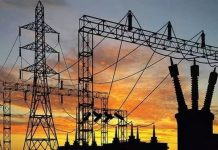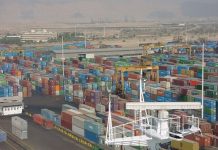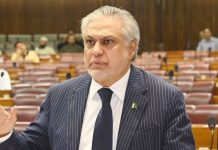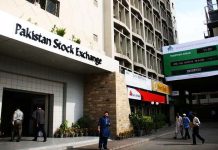ISLAMABAD: Pakistan needs to reduce the gap between prime and secondary cities and explore the potential of the latter for economic growth, creating jobs, supporting manufacturing and industries and linking agricultural areas with markets, WealthPK reports.
Dr Durre Nayab, the Joint Director of the Pakistan Institute of Development Economics (PIDE), told WealthPkK that cities were engines of growth as urbanisation was closely associated with development.
She said that the growth in Gross Domestic Product (GDP) and productivity could be mainly attributed to urban centres. She added that 80% of the world’s output was generated from cities. Cities grow faster as compared to other areas.
“Pakistan’s urban centres have tremendous potential. Yet, growth rates have been showing a declining trend for the last 40 years. The investment-to-GDP ratio has remained virtually flat for decades,” said Dr Durre Nayab.
She said that in a country where the prime cities were a combination of sprawls and congested old towns, giving attention to second-tier cities was not a priority. Pakistani cities, irrespective of size, are poorly governed, as the enforcement of the local government system in letter and spirit remains a dream.
Unfortunately, city zoning, city services and city management all present a dismal picture in Pakistan. Administratively, they are fragmented with traditional systems managing old, dilapidated congested cities and sprawling suburbs with little control.
“It is imperative that city-specific policies are formulated, keeping in view regional, provincial and national situations. Today’s successful economies have a small socioeconomic gap between prime and secondary cities. Pakistan needs to address this issue to ensure economic growth,” said the expert.
She said that secondary cities of Pakistan could play a major role in strengthening the national economy if they were provided with suitable infrastructure and facilities. Good accessibility is a necessary, though not sufficient, condition for improving the economic performance of these cities. In second-tier cities, any investment in the transportation network should be accompanied by economic development measures.
“Currently, we are only focusing on building roads for these cities. Only the construction of roads is insufficient to develop these cities. In addition to creating opportunities for trade and employment, the roads must also attract investors,” said Dr Durre Nayab.
She said that there were huge opportunities in the small cities that needed to be fast-tracked. “Keeping in view the ongoing economic crisis and the high level of unemployment, it is even more important to focus on secondary cities,” she added.
An official of the urban unit government of Punjab, who wished not to be named, told WealthPk that studies and policies on Pakistan’s rapid urbanisation focused mainly on the top 10 cities. “Secondary cities have a sizable urban population that can contribute greatly to economic development. These cities are supporting local economic growth, creating jobs, helping manufacturing and industries and linking agricultural areas with markets,” he added.
He said that one of the most critical issues in Pakistan was avoiding a clash of powers among the local, provincial and federal governments.
“The authorities need to think about the planning of secondary cities and their potential. They need to understand tensions among governments and other authorities,” the official told WealthPK.






